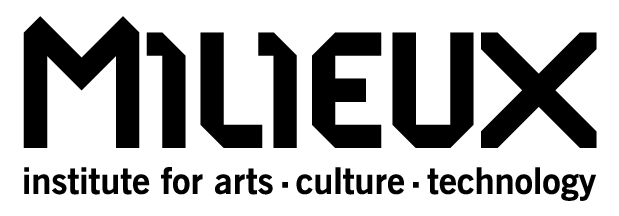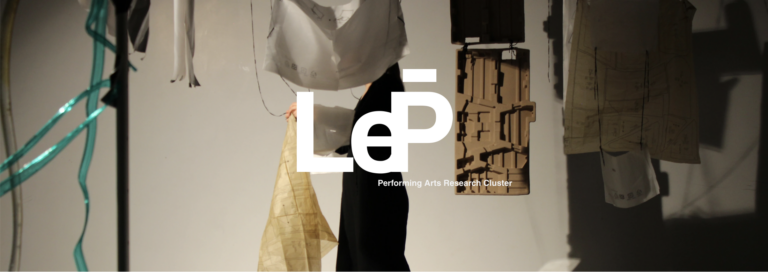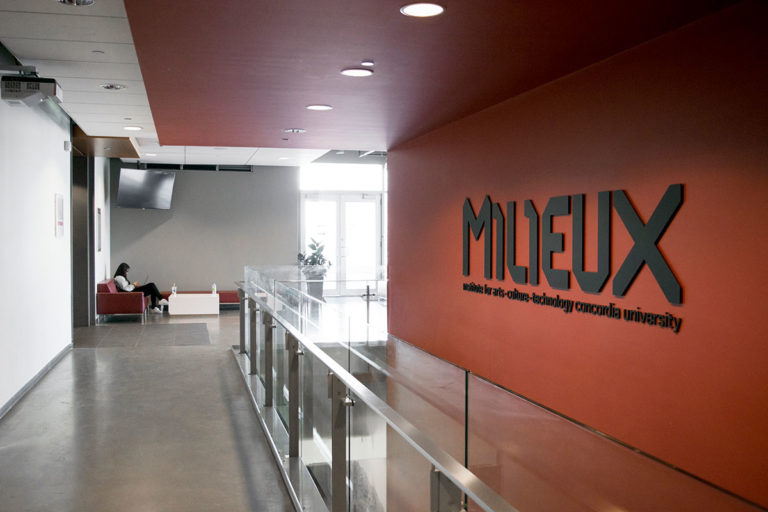“My Guyana world means a coast below sea level.”
Oonya Kempadoo is a citizen of Guyana, Grenada, and England, and a creative writer and novelist, consultant, researcher, and educator. Delineation between these roles and identities is blurred in her lived experience and her work, heavily influenced by these different worlds. In the inaugural session of TAG’s online Global Speaker Series, Rethinking Playfulness, Oonya navigated attendees through a rich examination of her latest project Naniki in her talk, Which World of Mine.
Our journey through Oonya’s worlds began, as hers did, in Guyana. We were introduced to the brown sea and the mudflats. “The flat landscape is dramatic,” Oonya said, and that traversing them was a “very long 12-hour experience.” It is in Guyana that Oonya experienced her first connection to the sea, which goes out, disappears on the horizon, and comes back to crash onto the shore. Oonya found her world extending beyond Guyana through “the unending territory of imagination;” books.
“I could be naked, I could be clothed, I could be brave, I could be fearful.”
This raised an important question for Oonya, one that would inspire her future works, and in particular Naniki: how do we connect beyond the borders of our own worlds? Oonya moved from Guyana to Amsterdam, and experienced, as she described, her “first time being a minority.” She was introduced to the arts and art history, but only from a white Eurocentric perspective, “in a man-made environment made rich with wealth from all over the world,” which begged her question: “Where is the fabric of this place coming from, and what is it made out of?”
Oonya then moved from Amsterdam to Trinidad, to find what art is where she comes from, and landed in the complex explosion of Carnival. Here, Oonya was inspired by the production of many costumes (for “mas”, short for masquerade) and introduced talk attendees to the concept of “playing yourself,” which allows the performer to connect with individual facets of their identity and values through the art of playing mas (masquerade).
Playing mas is a living form of art that is all about freedom and renewal, and Oonya strives to align Naniki with these values. Her long-time mentor and colleague, Peter Minshall, states that mas is “the highest form of art because it was designed by, for, and performed by the people.” Mas, therefore, has collective dynamics, which are closely tied to political statements, personal choice, themes of resistance, and naturally lends itself to inclusivity.
And yet, Carnival is temporary, and like the sea, its tide goes back out, which draws out this originary question of connection beyond borders: how do you work with an art form outside of its temporal context?
By “putting the two worlds together the physical environment,” Oonya created the first lines of connection beyond borders by finding her voice in creative writing. Oonya writes outdoors, and this allows her to connect with nature. “It always felt like a privilege to be by the water,” she said. When she writes, she reconnects to water, to the elements of the earth, and to nature’s rhythms. Her writing is also heavily connected to life in Caribbean society, and as she became more involved with these communities during Naniki’s production, she became more concerned with accessibility of books and literacy of residents, as well as the environmental impact of humans. “As a species, is this our greatest creation? How much we wipe out the planet?” Oonya wondered after describing the “sea of plastic cups” left in the wake of Carnival revellers.
With all these questions, considerations, and tensions in mind, Oonya set out the foundation for Naniki. The project aims to be a narrative-based, immersive production set around performance: the ideal form for Naniki is experiential and deeply rooted in interaction between people.
“It started to be a way that I could bring the different worlds together, using the sea to weave a story.” Oonya said about the project. She references Kamau Brathwaite’s term Tidealectics, which focuses on “paradigms that call attention to dynamic, sonic, and performative aspects of spatiality.” Naniki will be a narrative set in the Caribbean Sea basin, with two protagonists that are evolved beings of water and the Anthropocene. “I hope we can find a way to travel with them, emerge from the sea, and encounter our histories, our futures in one form or another, face ourselves and live performers, or interact with ourselves in that.”
Yet, as Naniki has developed, production challenges have raised new questions.
In the context of execution, what is the best way to ensure connection between performers and the shared experiences, while operating within parameters of the expectations of digital production and varying levels of technical proficiency?
“There’s that contrast and intention, but just the nature of the tools involved and why and how it has to be fine-tuned, and planned, and perfected is so different to the chaos of the production of collective, or organic, or different, routes.”
In the context of narrative, how can the project avoid collecting stories from different regions and presenting them outside of the context of the communities they are drawn from?
“If I am drawing from a region, how do I give back, and how do I keep connected? I didn’t want to structure it in a way that I’m going to gather stories and put into this production or something that I’m taking away . So, that was made clear from the very beginning. It is important, but it is still that exchange, that sort of connection and movement, the back and forth. That is part of this bigger idea and concept.”
Carnival as a methodology is about the experience of freedom, the choices the participant has, the connection to others in a playful way, political commentary, and social satirical commentary and statements. “We can use Carnival as guidelines and guiding principles with artists across these different disciplines, from costume design, to musicians, to VR, to photography,” Oonya said.
Oonya Kempadoo’s Naniki will offer an immersive narrative experience that will connect performers with histories and cultures in the Caribbean Sea basin but will also draw on the many aspects of her own lived experiences and the worlds she inhabits.
The next iteration of TAG’s Global Speaker Series will feature Orion D. Black and will take place on December 9th, 2021, at 10:00 AM.



